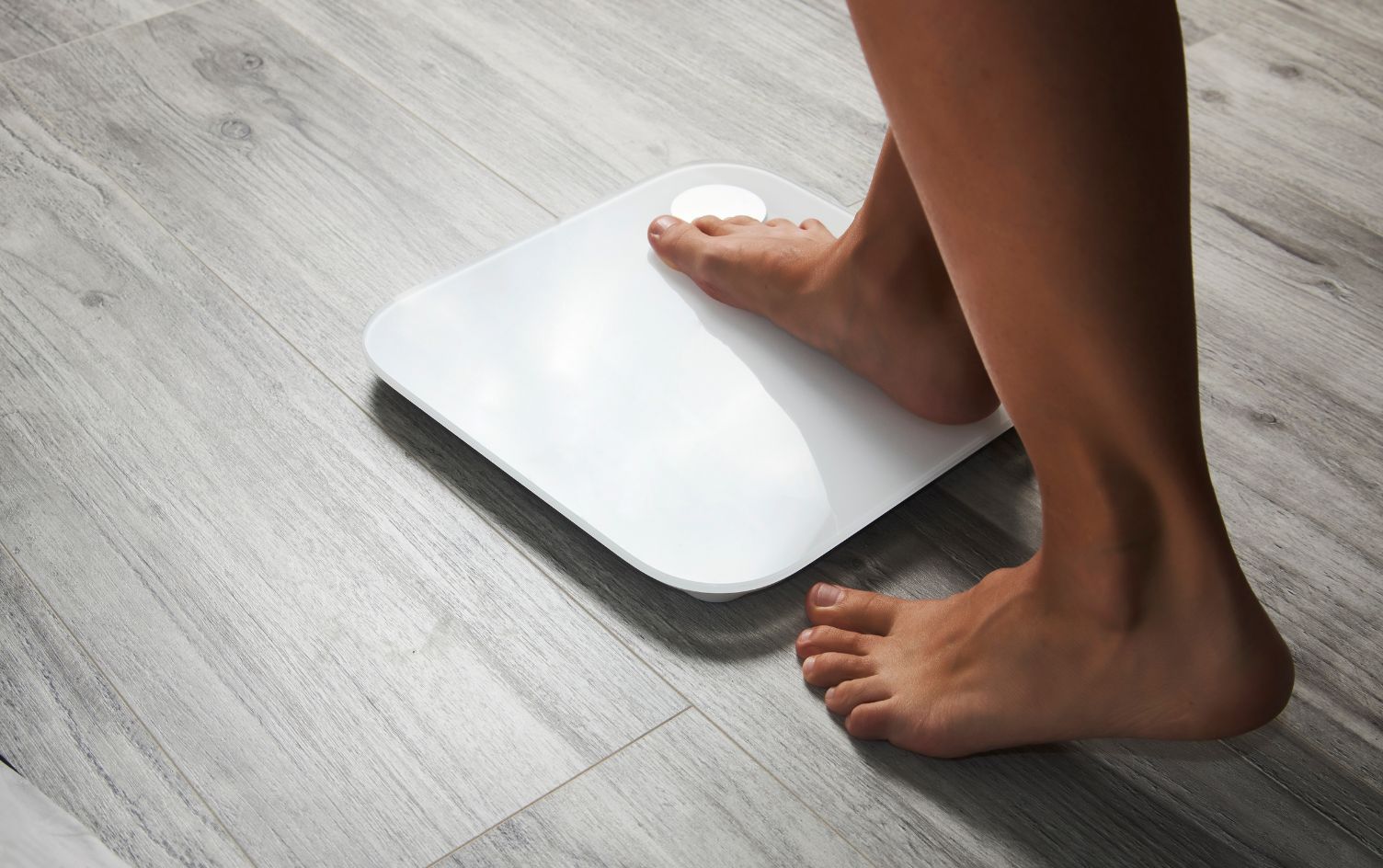All those extra hours in the gym have proven one key thing: You can’t sweat yourself slim. You’d think it was just a matter of math: Up your activity level, burn more calories than you eat, and voila, you’re bikini-body ready. But as anyone who has struggled to lose weight (umm, everybody) can attest, it’s not so simple.
THE ACTIVITY-CALORIE BURN CONNECTION
The body has an amazing number of ways to adjust to changes in your activity levels. Studies show that when some people increase their physical activity, they may also (consciously or subconsciously) decrease their level of non-exercise activity — i.e. the amount of standing, walking, fidgeting and other things you do to burn calories throughout the day. Others, meanwhile, respond to an increase in training with a corresponding increase in appetite and eat more calories than they burn — this is especially prevalent among people who have a preference for high-fat, sweet foods.
Plenty of other research has shown high levels of physical activity alone isn’t sufficient to induce fat loss. In fact, a study published earlier this year by Lara Dugas, PhD, and an assistant professor of public health sciences at Loyola University Chicago shows that statement is true worldwide. She and her team spent three years examining the activity levels of 1,944 adults across five different countries: Ghana, South Africa, Jamaica, Seychelles and the U.S.
Researchers first measured the subjects’ height, weight and waist circumferences at local clinics. Throughout the study, subjects routinely wore accelerometers to measure physical activity (and inactivity) for eight days at a time. Body measurements were re-taken every year, with researchers dutifully tallying the data.
Their findings? Within every country and among both sexes, a certain percentage of participants lost weight while others added pounds. But interestingly, the data showed that neither physical activity nor total amount of sedentary time were associated with weight gain or loss. Put another way: Whether or not people were very active during the day, or spent most of their time on the couch, had nothing to do with weight gain.
“Being physically active at the start of the study was not enough to prevent weight gain,” Dugas says. “This speaks to the larger issue of, ‘Well, what should we be doing about the obesity epidemic?’”

FINDING THE KEY
The answer: For weight loss, there needs to be an equal focus on the other side of the energy balance equation: what people are eating. Within the study itself, a key issue was the subjects’ “food environment,” a phrase that refers to something slightly larger than the foods you eat. According to the Centers for Disease Control and Prevention, the term encompasses both the physical presence of food (like what you have in your house) and the food available to your community through nearby stores and restaurants. There are a number of areas throughout the U.S. known as “food deserts,” typically impoverished areas, which do not have access to sufficient fruits, vegetables and other healthful foods, largely because they do not have grocery stores or farmers markets.
So while you can’t control your food environment, focusing on what you are eating is key. The takeaway here is this: It’s great that you run, but to maintain your body weight over the long term, running alone isn’t enough, especially when you consider that your body gets more efficient at exercise over time. That means you burn fewer calories for the same amount of training time.
READ MORE > ARE YOU BURNING AS MANY CALORIES AS YOU THINK?
“There is no doubt that physical activity is the number 1 predictor of longevity, reduced mortality and morbidity, and it’s also the number 1 predictor of weight maintenance after weight loss,” Dugas says. “But strictly for weight loss, there needs to be much more of a conversation around what people are eating.”
Here are a few places where most people can make improvements right away: Eat healthy carbs (you shouldn’t be afraid of them), get sufficient protein and pay attention to your intake of calories and macronutrients. Tracking your foods in MyFitnessPal is also a helpful way to stay on course — Dugas uses the app and recommends it to others.
“Get to know what your energy balance is,” Dugas says. “People who are very successful at weight management and weight loss track their diet, and are very cognizant of the total amount of calories they are eating.”
Other helpful tips: Learn to pay attention to your body’s signals about when it’s hungry versus when it’s full — something that’s easier to do if you’re eating satiating foods, like these 12 items.





2 Responses
“People who are very successful at weight management and weight loss track their diet, and are very cognizant of the total amount of calories they are eating.”
Bingo!
so if i eat 2000 cal, a day and burn 1500cal, is this bad for me ?